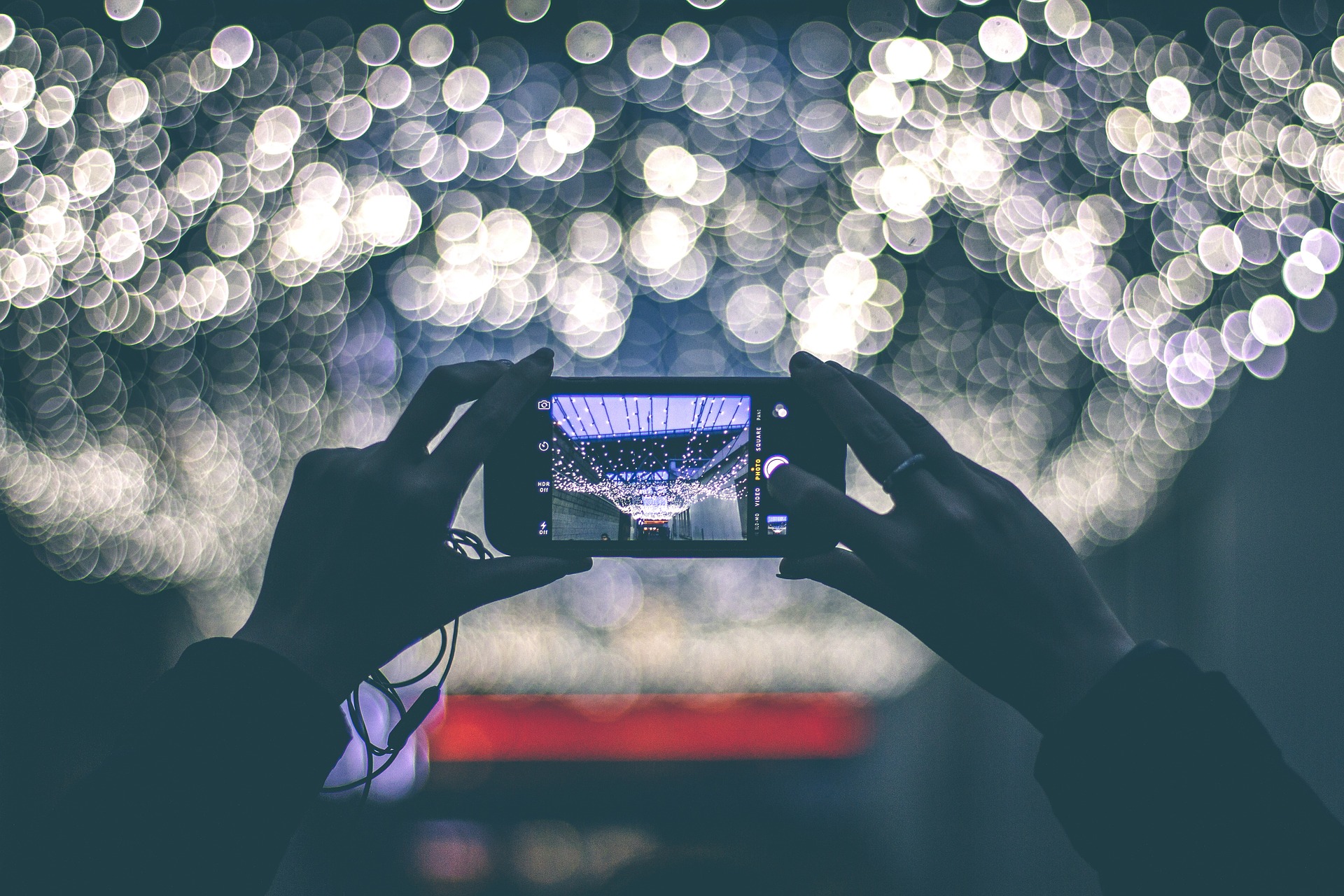 NEWS
NEWS
 NEWS
NEWS
 NEWS
NEWS
In 2014, DxOMark, the self-proclaimed “trusted industry standard for camera and lens image quality measurements and ratings,” rated the newly released iPhone 6 and 6 Plus as sporting the best cameras to be found on any smartphone.
It’s now a year later, and Apple has just released two new iPhones, the 6s and 6s Plus, featuring a new 12-megapixel sensor for the iSight camera.
Interestingly, the iPhone 6s and 6s Plus have not fared as well as their predecessors in DxOMark’s tests. The company says there are six Android smartphones on the market with better cameras than the new iPhones and at least one with a camera on par with it.
Notably the iPhone 6s and 6s Plus – despite the 50 percent bump in megapixels – scored 82, the same as last year’s iPhone 6 and 6 Plus.
Before we dive into the six Android smartphones that outperformed the iPhone 6s and 6s Plus, it is worth noting that DxOMark, with its DxOMark Analyzer product, measures the capability of image sensors, providing formalized scored for a range of aspects such as ISO sensitivity, noise and color saturation, to name a few – this list is not based on any real-world examples, but rather on tests performed in a controlled environment.
While it’s hard to argue that the iPhone’s camera is bad – all one has to do is take a look at the 85 million plus images generated under the Instagram #iphoneonly – what follows are six Android smartphones with better cameras than the iPhone 6s, according to DxOMark.
![]()
At 23-megapixels, the Sony Xperia Z5 has the highest-resolution camera on this list and captures 5520 x 4120 pixel still images and video at 2160p @30fps, 1080p @60fps, 720p @120fps.
In addition, the Xperia Z5 features phase-detection autofocus with touch focus, an LED flash, geo-tagging, HDR, and panorama stitch.
The Galaxy S6 Edge sports a 16-megapixel rear camera and captures 5312 x 2988 pixel still images in a wide-screen 16:9 ratio. Available video resolutions include 2160p @30fps, 1080p @60fps, and 720p @120fps for slow-motion.
Optical image stabilization and autofocus is included for still images and shooting video.
The newly released Nexus 6P has claimed third spot with its 12.3-megapixel resolution on a ½.3-inch-type sensor and offers video capture at 2160p @30fps. The Nexus 6P also boasts laser autofocus, a LED flash, optical image stabilization, face detection, HDR+, geo-tagging, and a built-in picture editor.
The LG G4 offers 16-megapixels on a ½.6-inch sensor capturing 5312 x 2988 pixel still images and video capture at either 2160p @30fps or 1080 @60fps.
Other features include laser autofocus, optical image stabilization, LED flash, simultaneous video and image recording, geo-tagging, face detection, and HDR processing.
The Galaxy Note 4 sports the same 16-megapixel rear camera that captures 5312 x 2988 pixel still images as the Galaxy S6 Edge in the number two spot.
Despite its 21-megapixel wide-angle lens, the Motorola X Style is in sixth position (albeit with the same score as the Note 4 and G4 at 83). Additional features include rapid autofocus and low shutter lag, plus a color-balancing built-in flash.
Support our mission to keep content open and free by engaging with theCUBE community. Join theCUBE’s Alumni Trust Network, where technology leaders connect, share intelligence and create opportunities.
Founded by tech visionaries John Furrier and Dave Vellante, SiliconANGLE Media has built a dynamic ecosystem of industry-leading digital media brands that reach 15+ million elite tech professionals. Our new proprietary theCUBE AI Video Cloud is breaking ground in audience interaction, leveraging theCUBEai.com neural network to help technology companies make data-driven decisions and stay at the forefront of industry conversations.